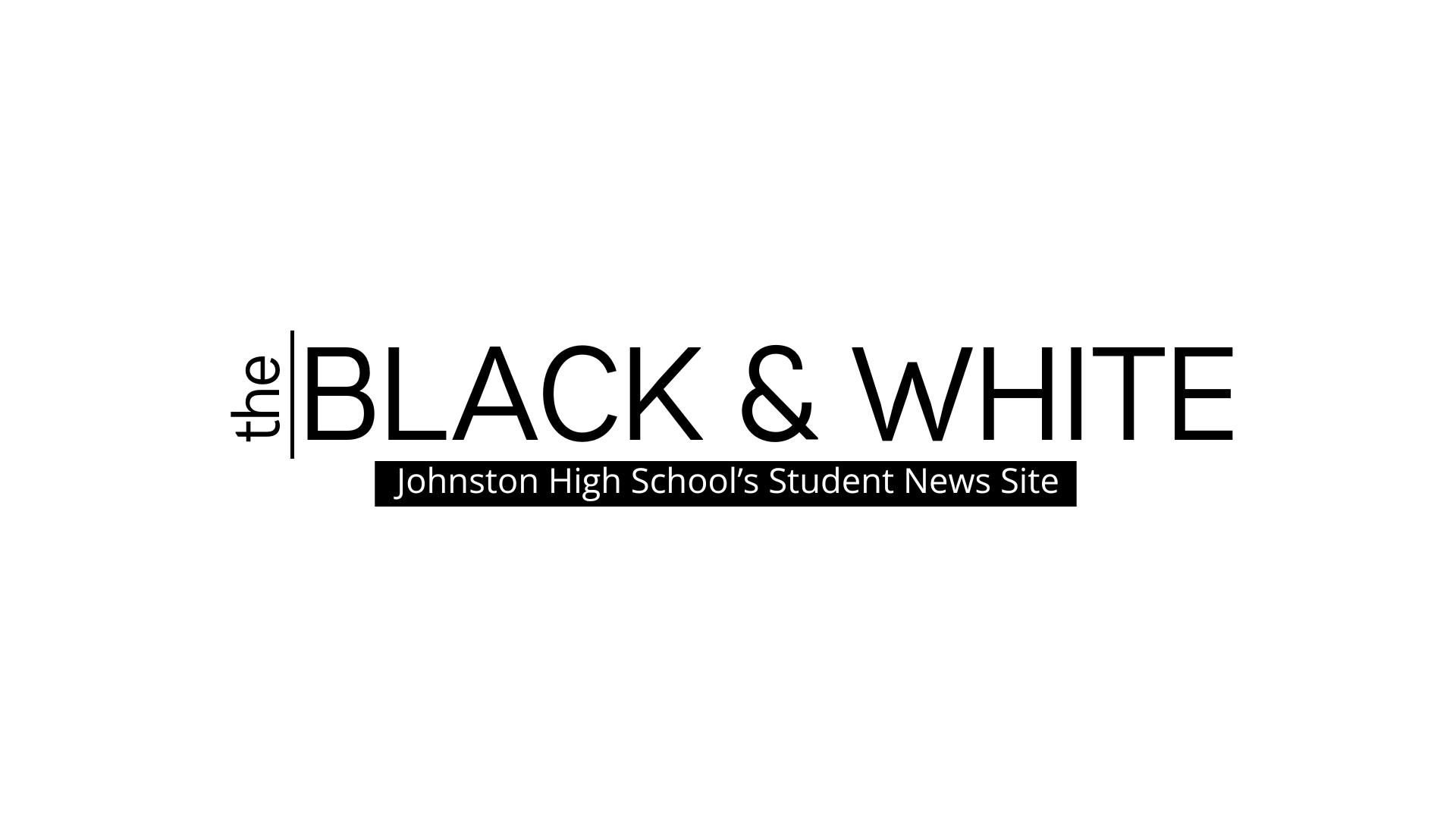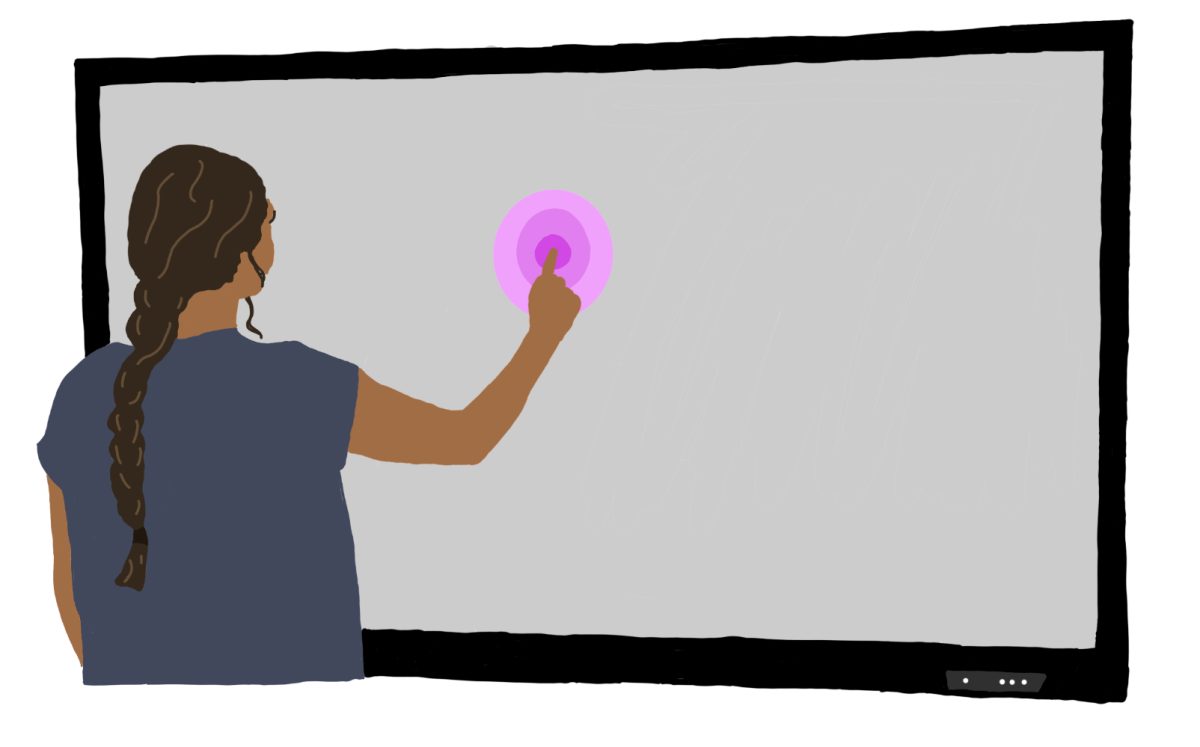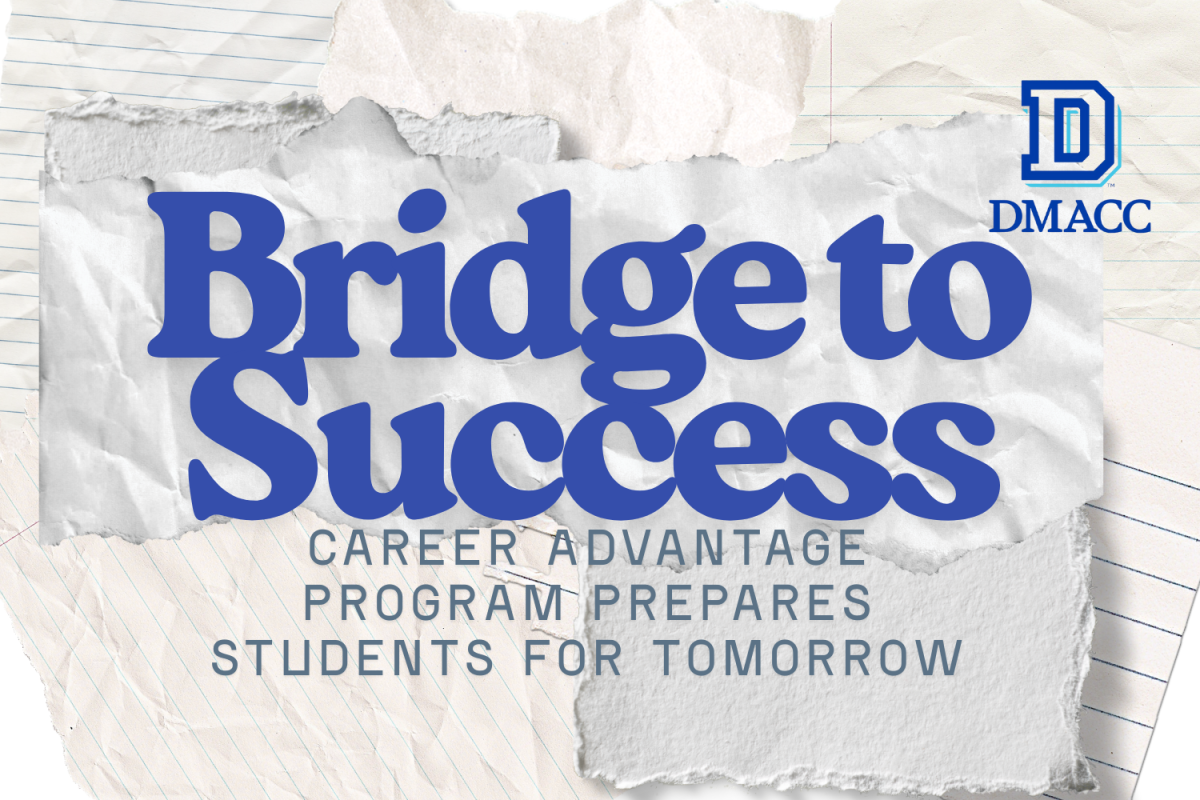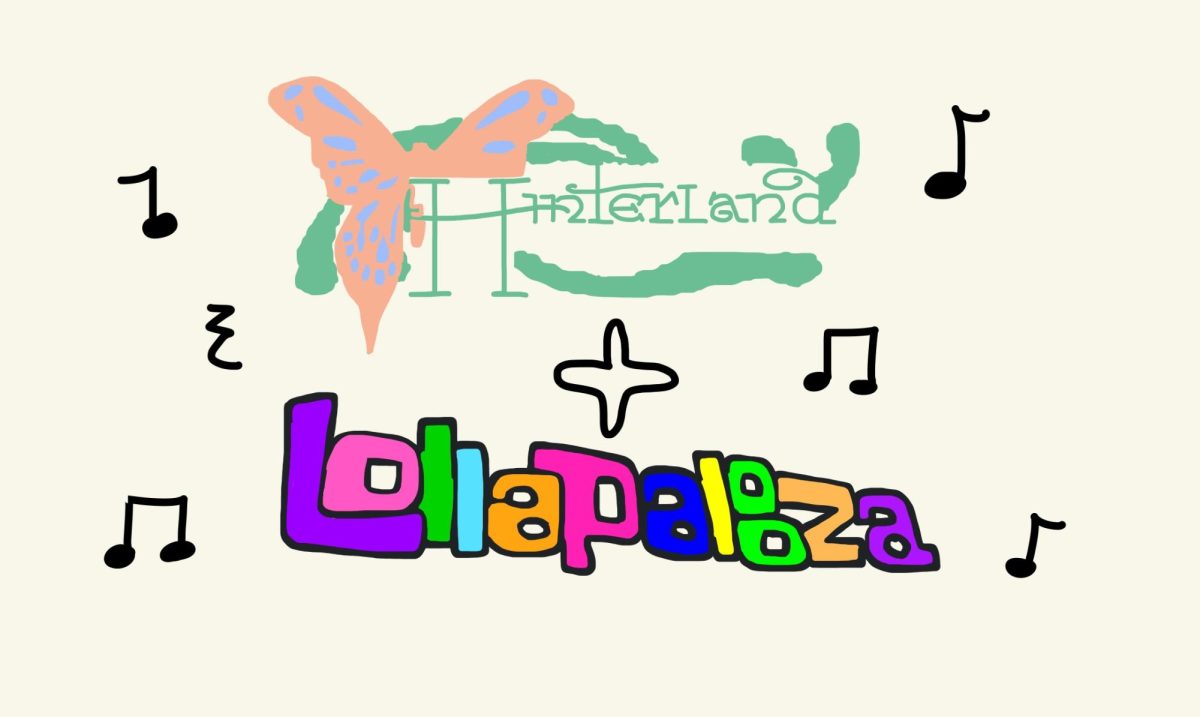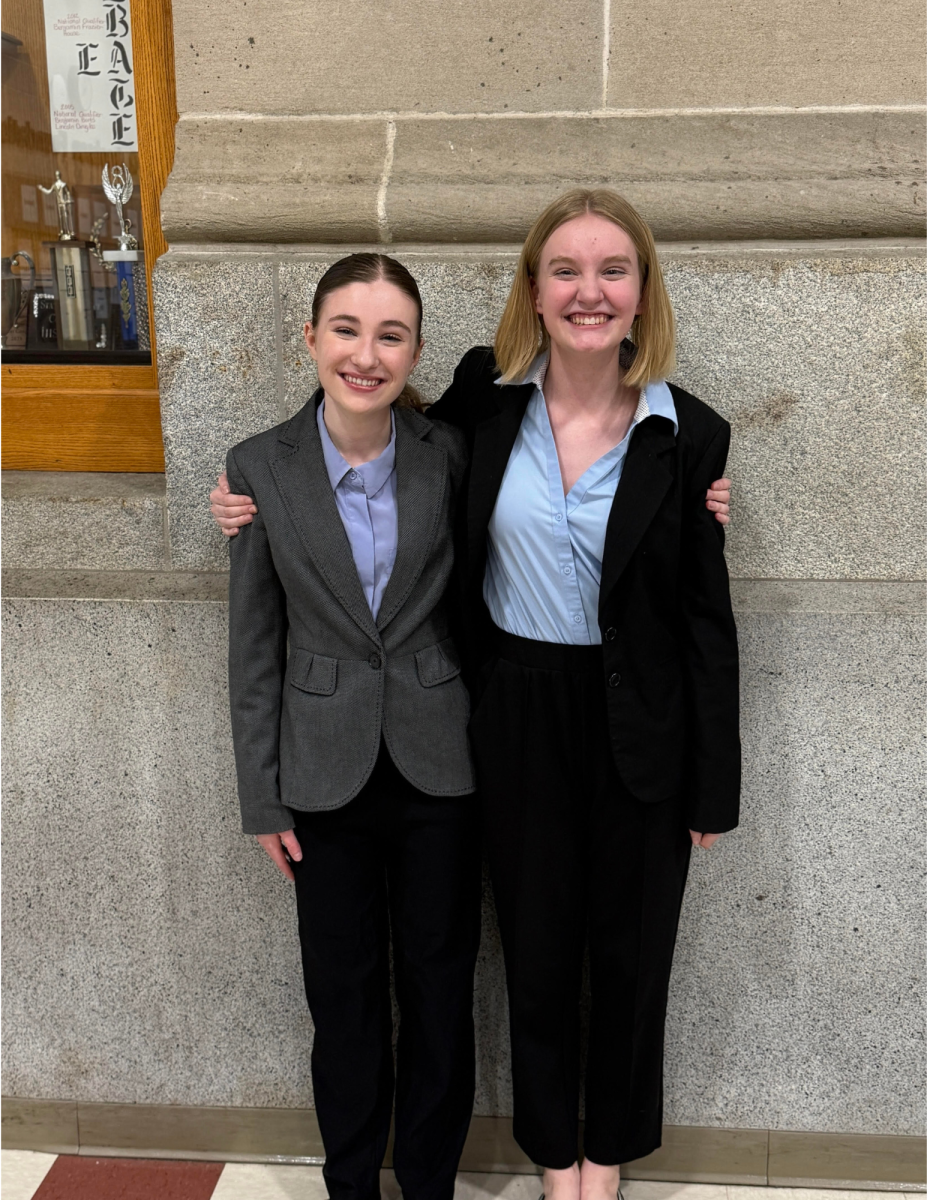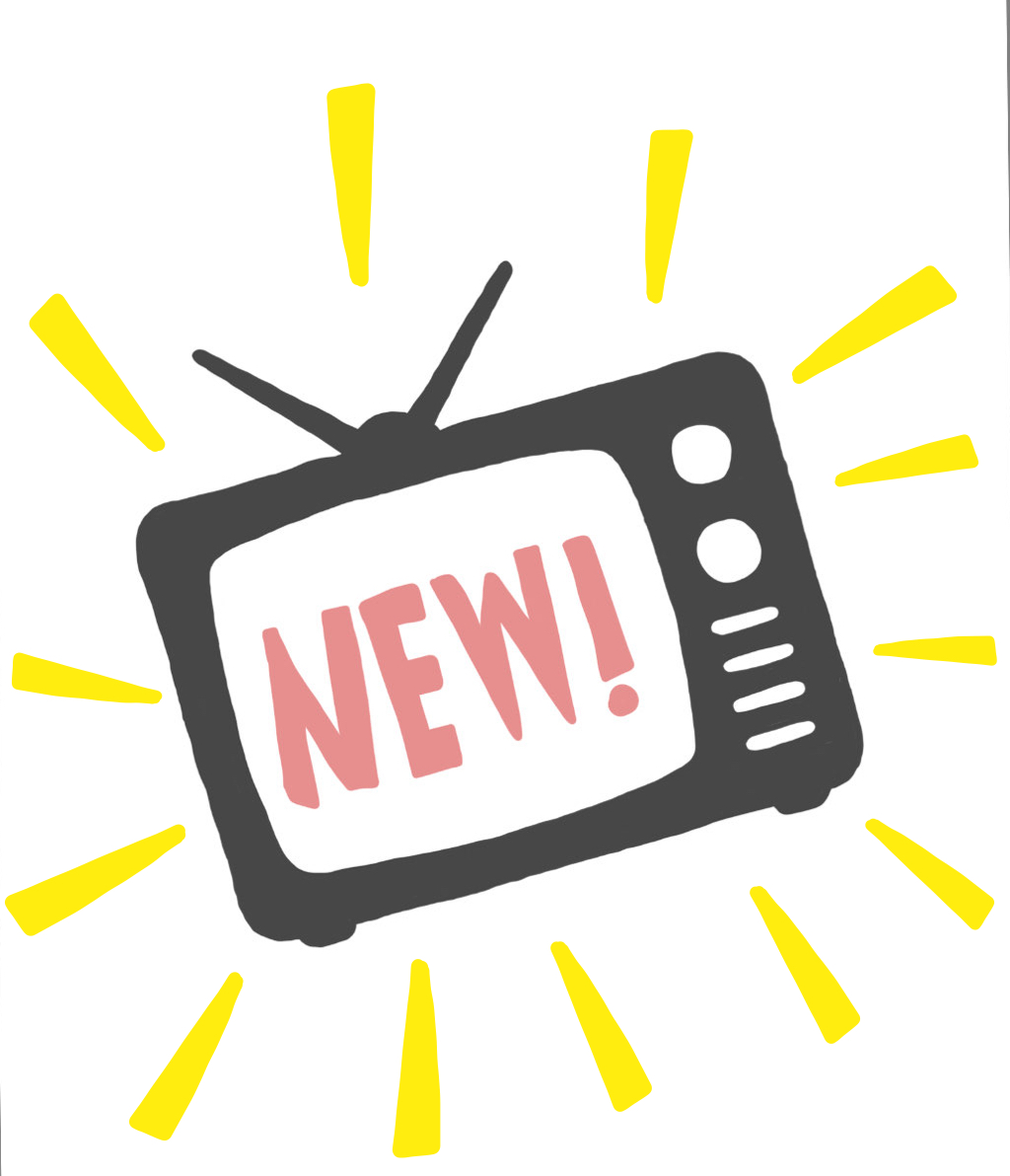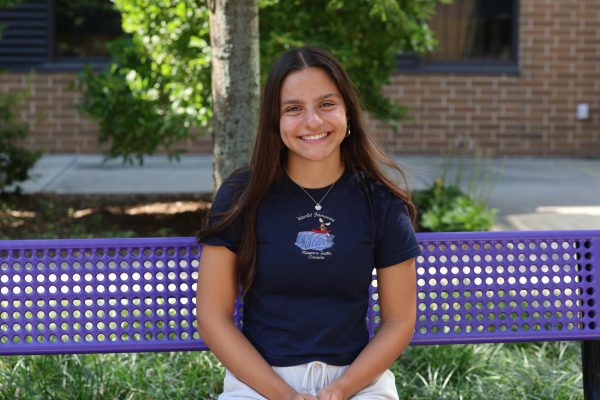Most of Johnston High School’s teachers have spent the first few weeks of the school year attempting to figure out how to properly work the brand-new smartboards. It has been an adjustment and learning process for them, from figuring out the board’s various functions to unintentionally being the main source of amusement for their students.
“I knew they [smartboards] were coming. They told us last year that they’d be here. Everyone had them. I didn’t know how much I’d use it, so I didn’t give it much thought, but things are going well,” Industrial technology teacher Mitch Gearhart said.
The high school was the final Johnston school to implement the smartboards in their classrooms. For many teachers it was going to take some time to acclimatize, however, it wasn’t completely new for all of the staff.
“I guess I do have the leg up that we did use them in JMS [Johnston Middle School] last year. So I have a year of experience. I don’t know, my old projector in my old room was crappy and dying, so I was fine with bringing something nice in. I mean, there’s apprehension with anything where you have new technology coming in, but I was fine to use it,” Social studies teacher Shane Lucas said.
The switch from projector to smartboard was a leap for most. Unlike the projectors, these smartboards were physically large, touchscreen devices. They were installed in almost every classroom at JHS, which was a considerable investment.
“When we first got them, my first thoughts were like, why are we spending money on this? Half the stalls in the girl’s bathroom don’t close. I feel like we could be spending money on better things. Also, a lot of teachers didn’t know how to use them at all, and we students didn’t know either. So there was a lot of learning and time taken out of class just to figure out how to use the smartboards,” Olivia Havig ‘28 said while speaking on her experience at JMS.
The smartboards have been pushing some teachers out of their traditional ways and comfort zones. After all, technology is the future.
“I think it’s helped me be more technology centered. I was always kind of old-school paper a lot of the time, and actually having to put stuff into google slides and use QR codes and all that other stuff that isn’t super technologically advanced, but I just hadn’t done before,” Lucas said.
Just like a computer, smartboards provide various different functions for users. For some staff, it has been overwhelming to navigate.
“There’s so many different things that you can do on them and you can never learn all that they can do. So like, a lot of students and teachers really struggled to figure out how to use them and the ways that best supported their classrooms. I think eventually people started to understand it, but it took a very long time,” Havig said.
Regardless of the difficulty of these smartboards, they are most likely here to stay. At least for the rest of the school year, students will have to continue to stifle their laughter.
“They held up pretty well last year, they weren’t falling apart or screens breaking or anything. They seem to be pretty durable. I think once people have gotten used to them and all those little annoying problems are solved, then I’m sure people will be more willing to use them. It’s just like anything else, you just gotta have a bit of time to get used to it,” Lucas said.
Although the smartboards have been a journey for many teachers, it can be beneficial to break from established patterns once in a while, because change can bring new opportunities.
“I’m hearing less grumbling about it now than I did at the beginning of the year, like in the summer. So we’re probably moving in the right direction,” Lucas said.
